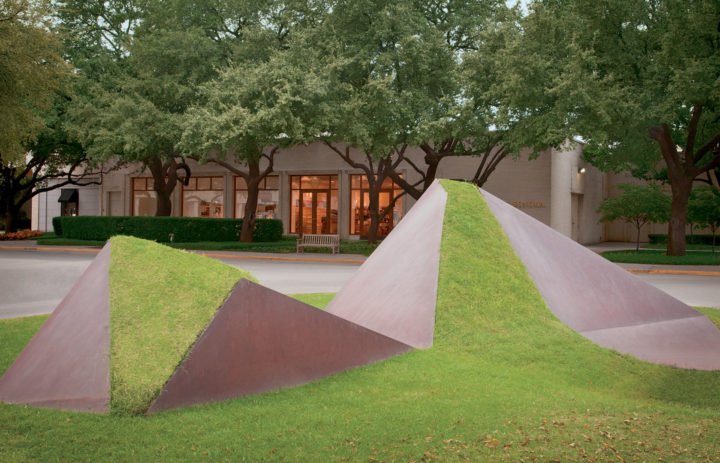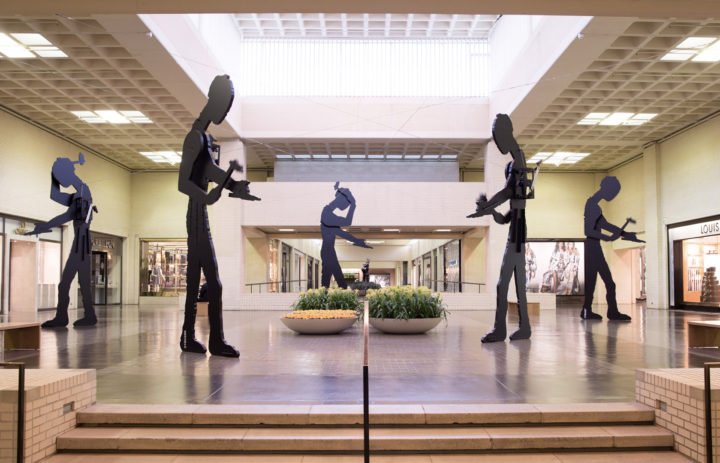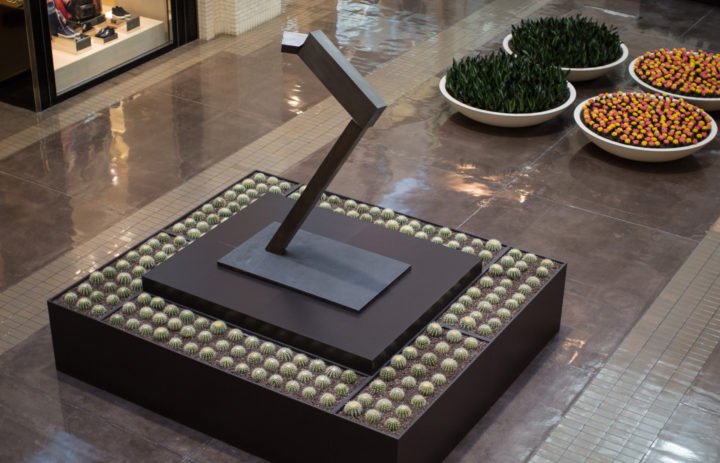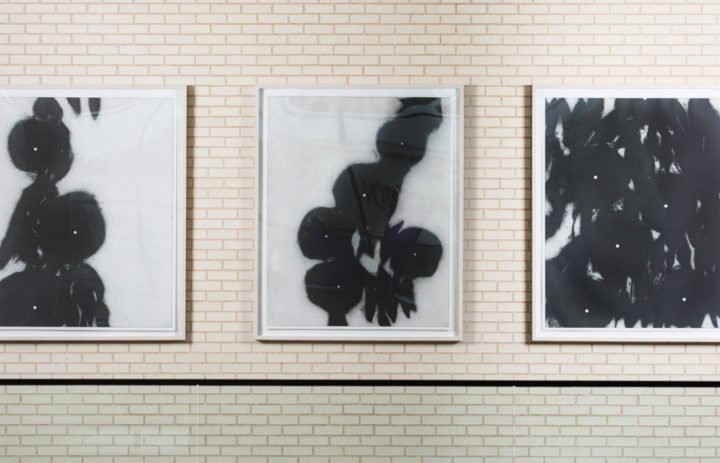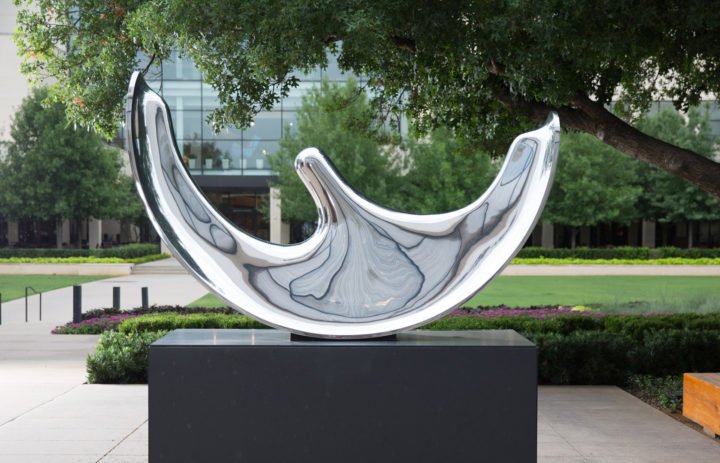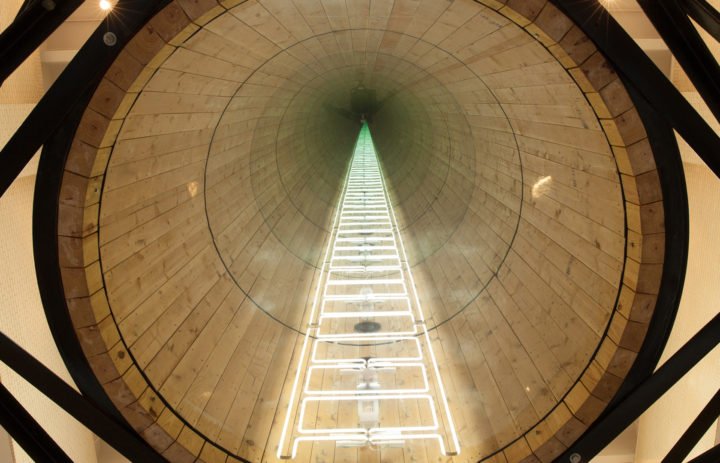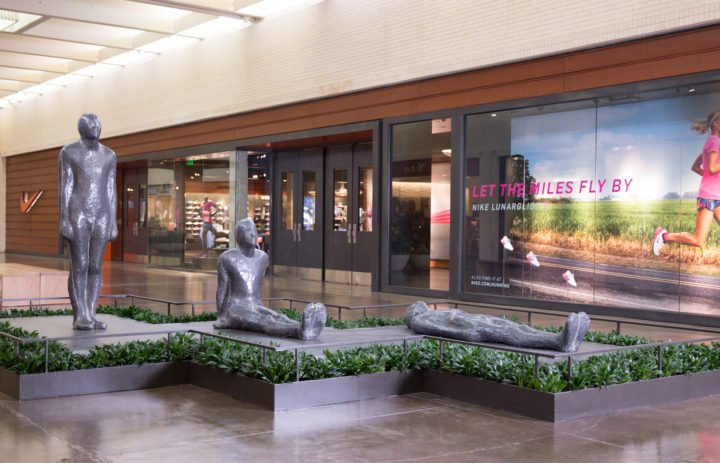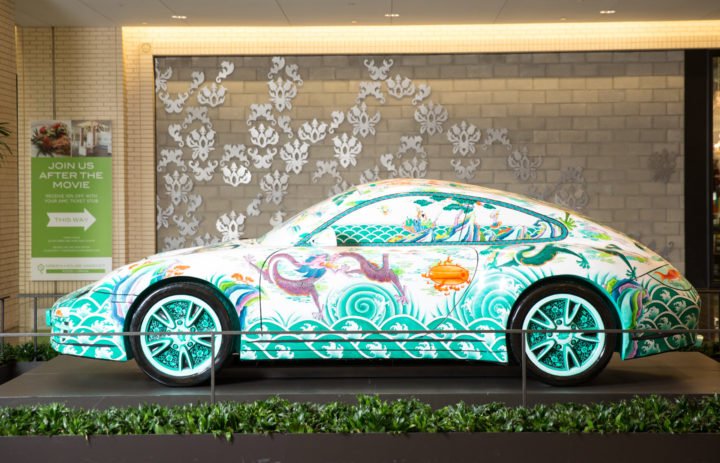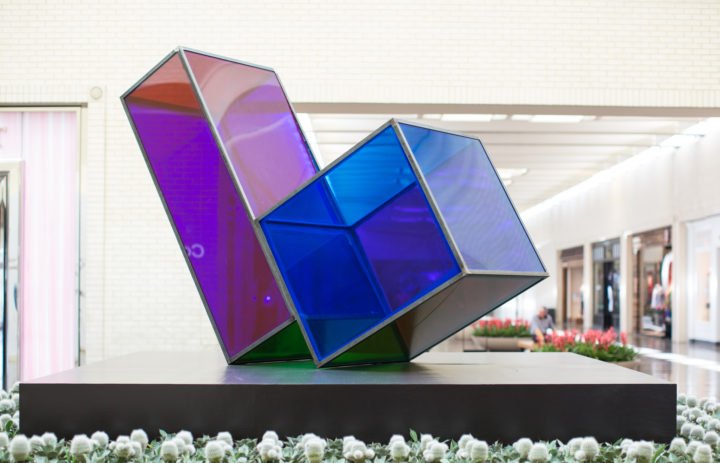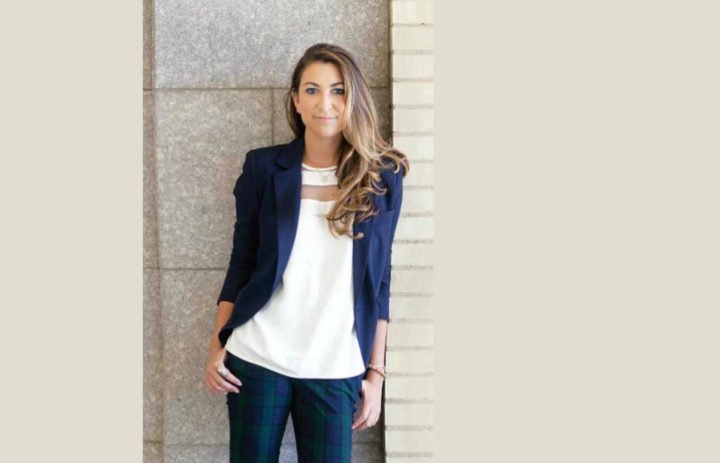That’s right. Some of us can shop till we drop, and enormous shopping spaces are here to stay. There are millions of people who visit the mall everyday, and all over the world. But have you noticed that most shopping malls have no personality? The layouts of malls are as homogeneous as the names of the shops that occupy the space.
NorthPark Center has been around for a while. Since its opening in 1965, it has been established as the second-largest mall in Texas, and is highly regarded as the perfect marriage of fine arts and a premier shopping experience. The architecture of the mall itself is well-proportioned with wide corridors that allows streams of shoppers to move freely without feeling cramped. However, what makes NorthPark all the more impressive is its array of ever-evolving art pieces. The art at NorthPark succeeds in drawing, even if just for a moment, the attention of the crowds away from shopping and allows them to take a break and look at something beautiful — something that stirs the imagination.
Shopping can be a very intense visceral experience. Different people, products and signs all compete for our interest – which is why the trend of shopping malls becoming part of the art community is so striking. Malls are starting to understand the social responsibility of being a hub for people to gather and be exposed to ideas and images. That’s why we interviewed Taylor Zakarin, the manager of art programming at NorthPark Center in Dallas in order to get some insight into how various forms of art are integrated at the mall:
Taylor Zakarin (T): NorthPark Center was always conceived as a space that would come to hold and display the Nasher family’s art collection. When looking at parts of the original 1965 structure by E.G. Hamilton and his team at OMNIPLAN, one can see built-in elements that were clearly intended to display art. For example, the planters by the Neiman Marcus fountain, so beloved by children, were originally meant to serve as large sculpture bases. NorthPark’s original architects had the Metropolitan Museum of Art in New York City in mind when designing the shopping center. They were inspired by how the Met’s floorplan utilized steps, halls, and courts to create an effortless flow through the space, despite being constructed on ground that was not level.
T: Our mission at NorthPark is to consistently and continually create significant opportunities for the community to engage with NorthPark’s art collection. To me this means always working to increase the number of student groups and art classes we bring into the Center on field trips, increasing weekend programming for children to participate in, and finally, increasing and changing up the physical works of art on view. I want NorthPark to be a transformative space for people in Dallas – a marker that they will fondly remember as the first place they were exposed to the beauty of art, or perhaps the first place they realized they wanted to pursue a life in the arts, or at the very least, the first place they ever laid eyes on fine art. I believe that with our current program with Uplift Education, in which NorthPark sponsors almost 4,000 students to come to the center for art-focused field trips, and ArtRocks, a hands-on, art-making event for children every other month, NorthPark has begun reaching the milestones I mentioned above, and I believe we are on a fantastic path to continue achieving these goals with a significantly wider visitor-base.
T: By the late 1960s, Raymond and Patsy Nasher had made their first significant sculpture acquisitions, including Jean Arp’s Torso with Buds, two Henry Moore bronzes, and Barbara Hepworth’s Squares with Two Circles (Monolith). As the Nashers collection grew, they decided to begin placing works in their highly successful shopping center, NorthPark, which they opened in 1965. As both their collection and NorthPark itself grew in size, Raymond and Patsy continued to enliven the halls of the shopping center with their world class 20th and 21st century art collection. Today, under the guidance of Nancy Nasher, Patsy and Raymond’s daughter, and her husband David Haemisegger, we have almost 200 works on view at any one time. Coinciding with NorthPark’s 50th anniversary in 2015, Nancy and David decided to expand the focus on the public art collection. To achieve this goal, they created the position of Manager of Art Programming, and brought me on to increase content and programming for our visitors. All of our art programs are still in their infancy, but they have been very successful thus far, and I am thrilled to see how they evolve and grow over the next few years.
T: The alliteration may be a bit corny, but my personal three core tenants for our art programming are: Education, Exposure, Engagement
T: There truly is no science to how we change or rotate the art on view. Because we are not a museum, we don’t have to have a formal exhibition schedule or layout years in advance. At NorthPark, we are lucky to have the utmost flexibility when it comes to changing and re-arranging the works on view. Nancy Nasher is truly the mastermind behind the curatorial decisions. She has such a keen eye, and an innate sense of what will look good and succeed at NorthPark.
T: One of my favorite aspects of our art programming at NorthPark is our ability to partner with other arts organizations in Dallas. We are lucky to have such a vast space, and as a result, we often exhibit works from other arts organizations in the Dallas area, as well as partner with them to host events at the Center. Additionally, NorthPark is very engaged philanthropically within our community, sponsoring various art-related organizations in Dallas such as MTV Re:Define, Two x Two, and the Dallas Art Fair, to name a few. Often, these partnerships also lead to cooperative programming – for example, this year the Dallas Art Fair is hosting monthly tours of NorthPark’s art collection, each one led by a different figure in the art world.
T: After living and working in the art world in New York City, I can confidently say that Dallas is unique in everyone’s willingness to partner, inspire, and lift one another. While, understandably, there are facets that can be competitive and cutthroat, I have found that Dallas’ “big city with a small town feel” mentality largely applies to its art scene.
T: NorthPark’s patrons are incredibly considerate of the art collection. I believe that the way we display and protect the art very clearly sends the message that these are important works meant to be respected and appreciated. Not a day goes by that I don’t see shoppers stopped to read the labels or take a picture of a sculpture.
T: One day, I was walking around the Center and stopped to see a 2 year old boy standing underneath Ivan Navarro’s This Land is Your Land. His head was tilted up, clearly mystified by Navarro’s illusionistic neon work. He was with his grandparents, and they said he was just learning how to talk. They asked him to tell me what his favorite part of the shopping center was, and he said “the sculpture.” I’m proud to say that because of the Nasher family and NorthPark’s dedication to the arts, one of few words that this two year old knows is the word “sculpture.”
T: The work I mentioned above, This Land is Your Land by Ivan Navarro is far and away the most loved within the shopping center. It is such an engaging, unexpected piece, and rarely does one walk by without seeing groups of people looking up into the water towers infinite neon designs.
T: The most challenging installation we’ve done over the last two years was Leo Villareal’s Buckyball, 2015, which is on view in CenterPark Garden. This was a monster of an installation – partially due to its sheer size, but also due to the care needed when working with a sculpture that involves 4,500 LED nodes and intricate computer programming. The base had to be very specially engineered, and the design of the structure itself is very precise. That being said – Buckyball, 2015 is an absolute knockout- especially if you view at the work after sunset. Each node is capable of displaying over 16 million different colors, and when 4,500 LEDs are all lit up in various shades of the color spectrum at once, it is absolutely a sight to be seen.
T: Our team has 51 years of experience and knowledge on how to protect the world class art on view at NorthPark. Even during the holiday season, when the Center is at our absolute busiest, we do not alter the way we protect the art. By intelligently using landscaping and large bases, we have been very successful in ensuring that the works on view here maintain their integrity, while still being accessible enough to be seen and appreciated.
T: NorthPark is distinctive in the shopping center universe because it is privately owned and family run. It is even more distinctive because the family that has owned and run NorthPark for the last 51 years, the Nasher family, is also very engaged in the art world, and thus has an extensive collection that they graciously want the public to see and engage with. As a result, we are in a unique position to display art and to partner with other arts institutions. Other museums, galleries, and artists know they can trust NorthPark and our team to install and protect their work due to our longstanding history as being not only a shopping center, but an arts institution as well. And once their work is on view, they know it will be seen by almost 28 million people (for reference, the Louvre in Paris gets somewhere around 9 million visitors a year).
All this being said – I think NorthPark could be used as an example with regard to arts education in the public sphere, especially as schools are defunding and decreasing focus on the arts across the country. It can often be difficult or expensive to get kids into a museum, but a shopping center is appealing, approachable and free. Additionally, arts institutions could exponentially increase exposure to works in their collection if they loaned out pieces to shopping centers and other large public spaces. It would be mutually beneficial for the shopping center, the patrons, and the arts institutions, to create more partnerships like those that we have with the Nasher Sculpture Center or the Crow Collection of Asian Art.
- Featured image on the top: Art by Mark Di Suvero
- Photos courtesy of NorthPark Center


